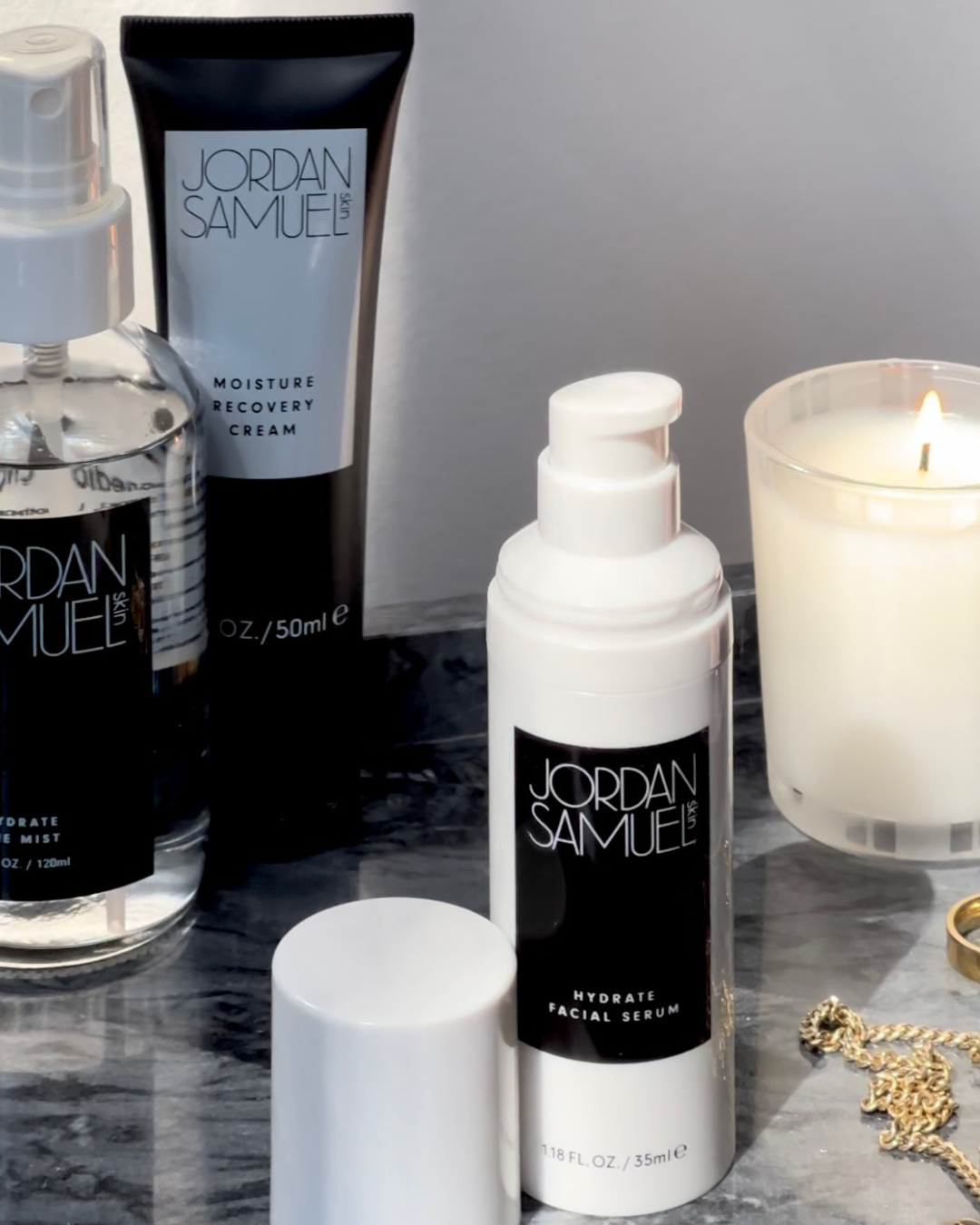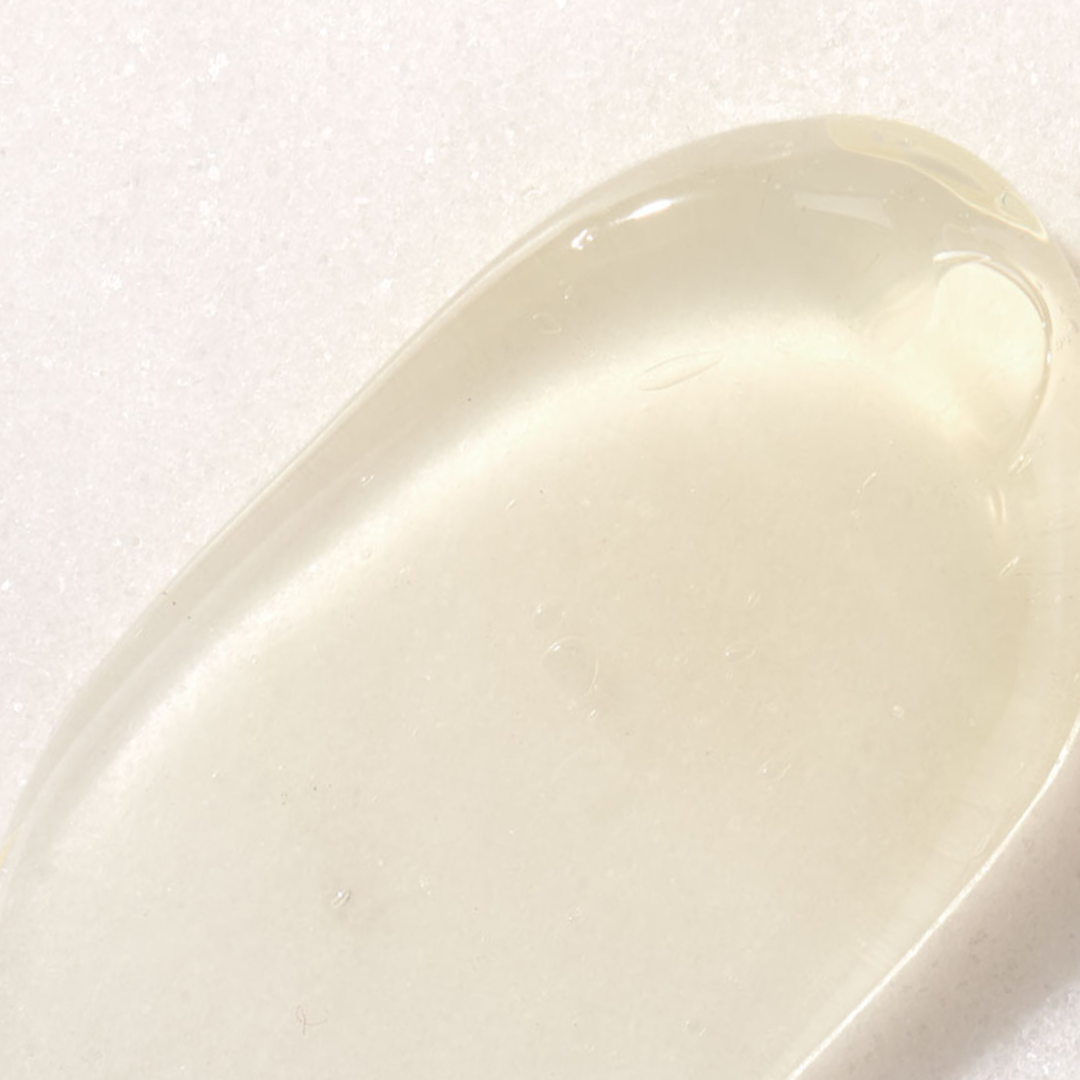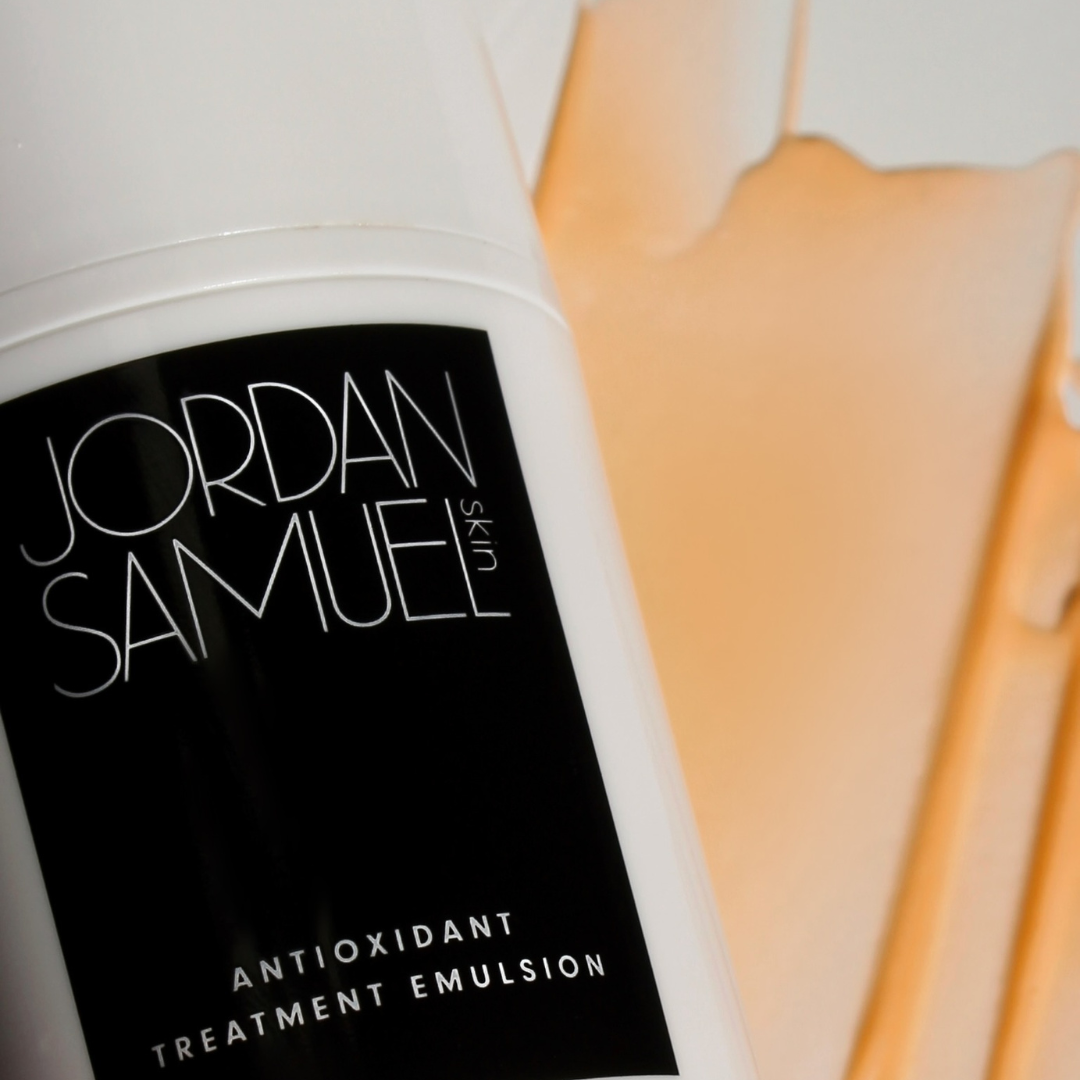Anyone who has suffered from dry skin is probably familiar with this scenario: you slather on some facial oil, but it offers no relief. You still feel parched underneath that layer of oil. How can skin remain so depleted after absorbing such a rich product?
The answer lies in the type of moisture you’re applying. For optimal hydration and resilience, skin requires a balance of three different categories of moisture—humectant, emollient, and occlusive.
Humectant moisture
Humectants are hydrophilic ingredients; they bind water and draw its moisture into the skin. When someone says that a product feels hydrating, it’s pretty much guaranteed to be a humectant-rich formula. Some of the most popular members of this group include hyaluronic acid, glycerin, and red algae. Alphahydroxy acids like lactic acid also possess some humectant properties. These ingredients provide that thirst-quenching feeling that was woefully missing in the earlier facial oil scenario.
Emollient moisture
Emollient ingredients provide slip in a skincare formula and help fill in skin’s rough surface texture. Much like how spackle fills in the gaps, small cracks, and slight imperfections on drywall, emollients glide over skin to provide a smooth surface. Light oils such as marula, jojoba, or argan possess excellent emollient characteristics, as do squalane and silicones.
Occlusive moisture
Occlusive agents have on primary purpose: to seal in moisture. Without them, water content would evaporate away from the skin in a process known as transepidermal water loss (also known as TEWL). They play an important role in skin’s barrier function. Common occlusive agents include olive oil, waxes and esters (such as jojoba ester), and plant butters (such as shea butter or coconut oil).
When an emollient is more than an emollient
Many ingredients fall into more than one category. For example, skin-conditioning ingredients like lecithin and panthenol function as both water-binding humectants and skin-smoothing emollients. Likewise, ingredients like dimethicone and lanolin are both emollient and occlusive. A single ingredient may serve more than one moisturizing need.
Find the right ratio
All skin types need a mixture of all three categories to achieve optimal skin health. However, the exact ratio may vary based on your skin’s unique needs. Oily skin naturally produces an excess of occlusive, so their ideal moisture ratio would be higher in humectant ingredients for lightweight hydration. A great way to customize your ratio of moisturizing factors is to layer or mix a humectant-rich serum with a facial oil. Play around with the proportions to find your best fit!
XO,
Jordan





